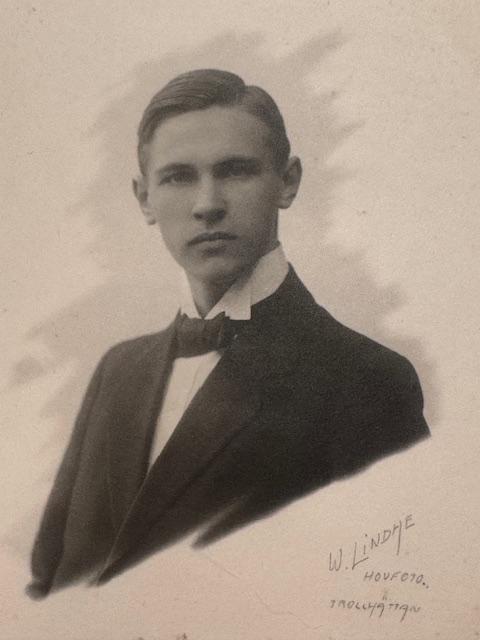A Chinese silk and metal thread yellow ground 'five clawed dragon' carpet, Qing dynasty, 19th century. (Measure 208x126)
Of rectangular form and vertically oriented. Brightly woven against a ground of gilded silver wrapped thread. The central lobate medallion depicting a classical coiled five clawed dragon in frontal pose chasing a flaming pearl on a firework and flowerhead field, the lobate spandrels with further five clawed dragons within an inner pearl border and wider meandering flowerhead border, all against a pale yellow ground. Measure 208x126 cm.
Wear.
Provenance
From the collection of Eskil (Viktor Sofokles) Ågren (1897-1969), site manager of Svenska Tändsticksaktiebolaget (Swedish Match) in Asia, the family lived in Shanghai and Kobe during the years 1927-1934. Manager of Västerviks tändsticks AB after the return to Sweden.
Exhibitions
Compare with a carpet with this kind of fretwork sold at Sothebys, Fine Chinese Ceramics & Works of Art, Lot 132. Sale Number: L09710. 13 May 2009, London.
More information
Carpets were clearly highly prized as prestigious possessions: virtually all the portraits of the Ming and Qing emperors include depictions of carpets.
Carpets were used to define areas of importance, provide warmth and comfort and, through their motifs and decoration, create a harmonious aesthetic, which integrated their symbolism with the other Chinese works of art with which the royal household, their courtiers and officials surrounded themselves.
















































